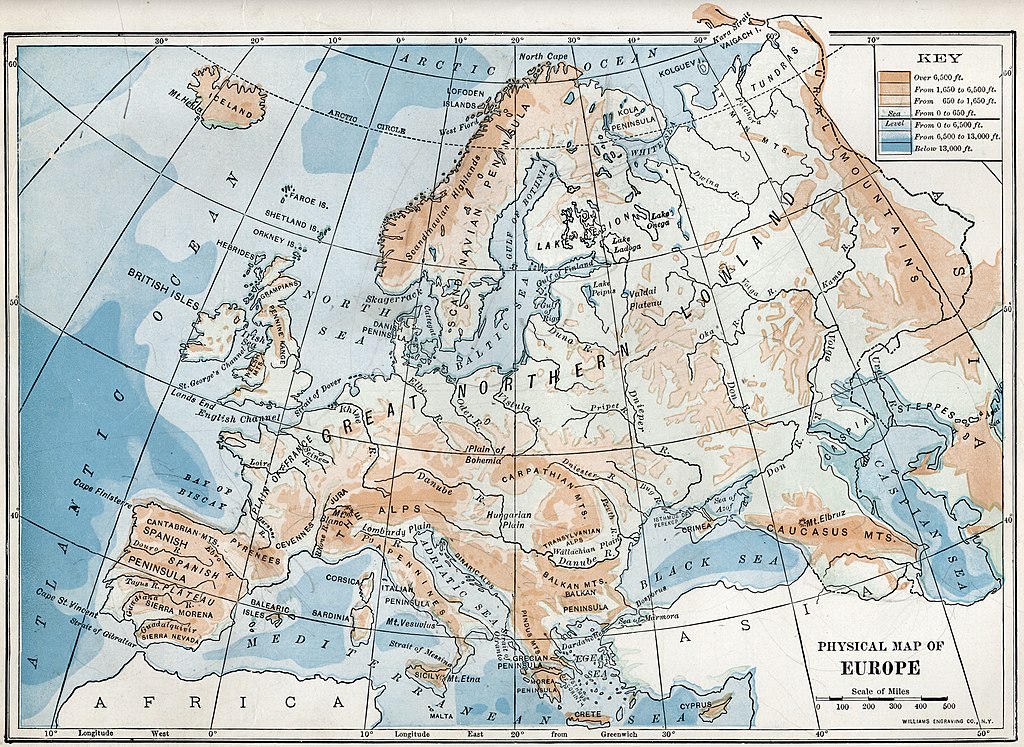Now that I have been away from Turkmenistan for six months, my efforts at continuing to map that country are by necessity confined to “armchair mapping”, using a combination of Soviet-era military maps that identify municipalities (albeit by Soviet-era names, which often differ from current names), the “Districts in Turkmenistan” list of names of municipalities I posted some time back to the OSM wiki, and the various official name-change documents I also posted to the wiki. It is different from primary data collection on the ground, which I must confess I miss.
Some of the local mappers I trained are continuing to collect and post data, however, so there is some work going on based on local knowledge, and that is a good thing.





